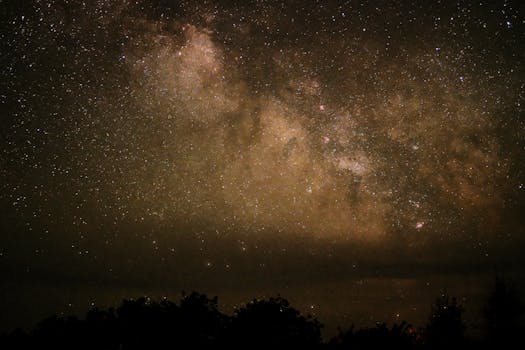
“
Beyond the Milky Way: Imagining New Worlds and Possibilities
Introduction to the Milky Way
The Milky Way is the galaxy that contains our solar system, and it is just one of the billions of galaxies in the observable universe. The Milky Way is a barred spiral galaxy, consisting of hundreds of billions of stars, as well as various types of interstellar gas and dust. The galaxy is estimated to be about 100,000 light-years in diameter, and it is thought to contain between 200 and 400 billion stars.
Exploring the Galaxy and Beyond
For centuries, humans have been fascinated by the night sky and the mysteries that lie beyond our planet. With the advent of telescopes and other technologies, we have been able to explore the galaxy and discover new worlds and celestial bodies. From the planets in our solar system to distant galaxies and nebulae, the universe is full of wonder and discovery.
Imagining New Worlds and Possibilities
As we continue to explore the galaxy and the universe, we are constantly reminded of the possibilities that lie beyond our current understanding. From the potential for life on other planets to the discovery of new forms of energy and matter, the universe is full of mysteries waiting to be uncovered. By imagining new worlds and possibilities, we can inspire new generations of scientists, engineers, and explorers to continue the journey of discovery and push the boundaries of human knowledge.
Takeaways
- The Milky Way is just one of the billions of galaxies in the observable universe.
- The galaxy is estimated to be about 100,000 light-years in diameter and contains hundreds of billions of stars.
- Exploring the galaxy and beyond has led to numerous discoveries and a greater understanding of the universe.
- Imagining new worlds and possibilities can inspire new generations of scientists, engineers, and explorers to continue the journey of discovery.






